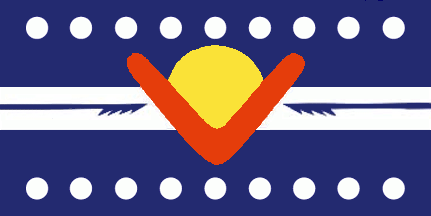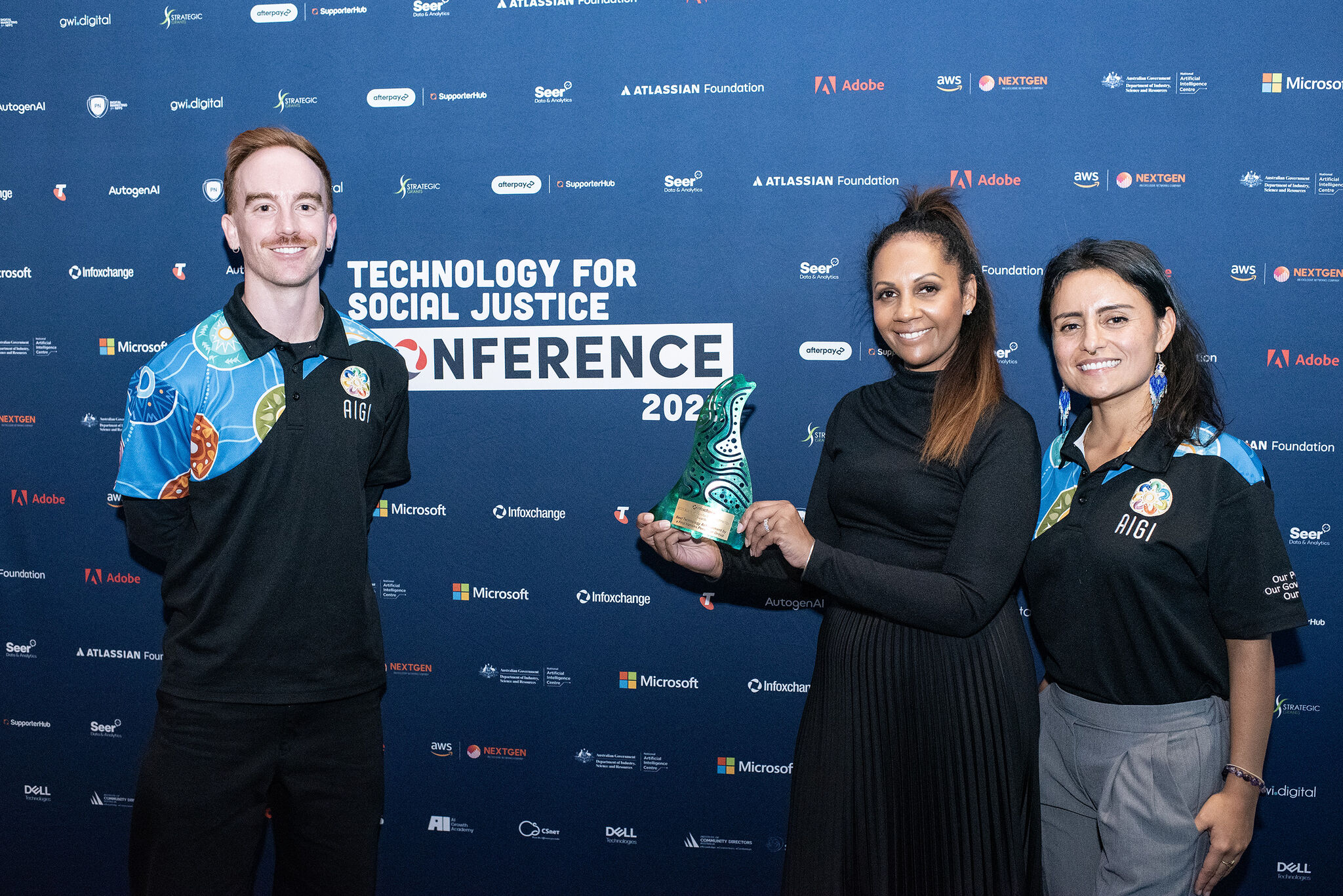...
The Ngarrindjeri Nation

The Ngarrindjeri Nation consists of eighteen tribes. Although each tribe has its own defined territory, the nation has a formal governing council, the Tendi, and more recently a peak body known as the Ngarrindjeri Regional Authority (NRA). The NRA board comprises members of key Ngarrindjeri community organisations, bodies and committees (including the Tendi), as well as some elected community members.1Steve Hemming, Daryle Rigney and Shaun Berg, “Ngarrindjeri Nation Building: Securing a Future as Ngarrindjeri Ruwe/Ruwar (Lands, Waters, and All Living Things),” in Reclaiming Indigenous Governance: Reflections and Insights from Australia, Canada, New Zealand, and the United States, eds. William Nikolakis, Stephen Cornell and Harry Nelson (Tucson: University of Arizona Press,2019), 82.

Ngarrindjeri flag, designed by Matt Rigney.
In 1999, the Ngarrindjeri Nation of the Lower River Murray, Lakes and Coorong first flew this flag as part of a proclamation to reclaim rights over their lands.
“The 18 dots represent the 18 Laklinyeris (tribes) that make up the Ngarrindjeri Nation. The spears represent the traditional fishing spears of the Ngarrindjeri. The boomerang is the Sacred Boomerang that, when thrown, circles the Laklinyeris, informing their clan leaders to attend a Nation Meeting called Tendi (which makes and interprets Ngarrindjeri Law). The blue represents the waters of Ngarrindjeri Country. The sun gives life. The ochre colour of the boomerang represents our mother — Mother Earth.”2Ngarrindjeri Nation and Steve Hemming, “Ngarrindjeri Nation Yarluwar-Ruwe Plan: Caring for Ngarrindjeri Country and Culture: Kungun Ngarrindjeri Yunnan (Listen to Ngarrindjeri People Talking),” in Natural History of the Coorong, Lower Lakes, and Murray Mouth Region (Yarluwar-Ruwe), eds. Luke Mosley, Qifeng Ye, Scoresby Shepherd, Steve Hemming and Rob Fitzpatrick (Adelaide: University of Adelaide Press, 2018), 5.





.png)

